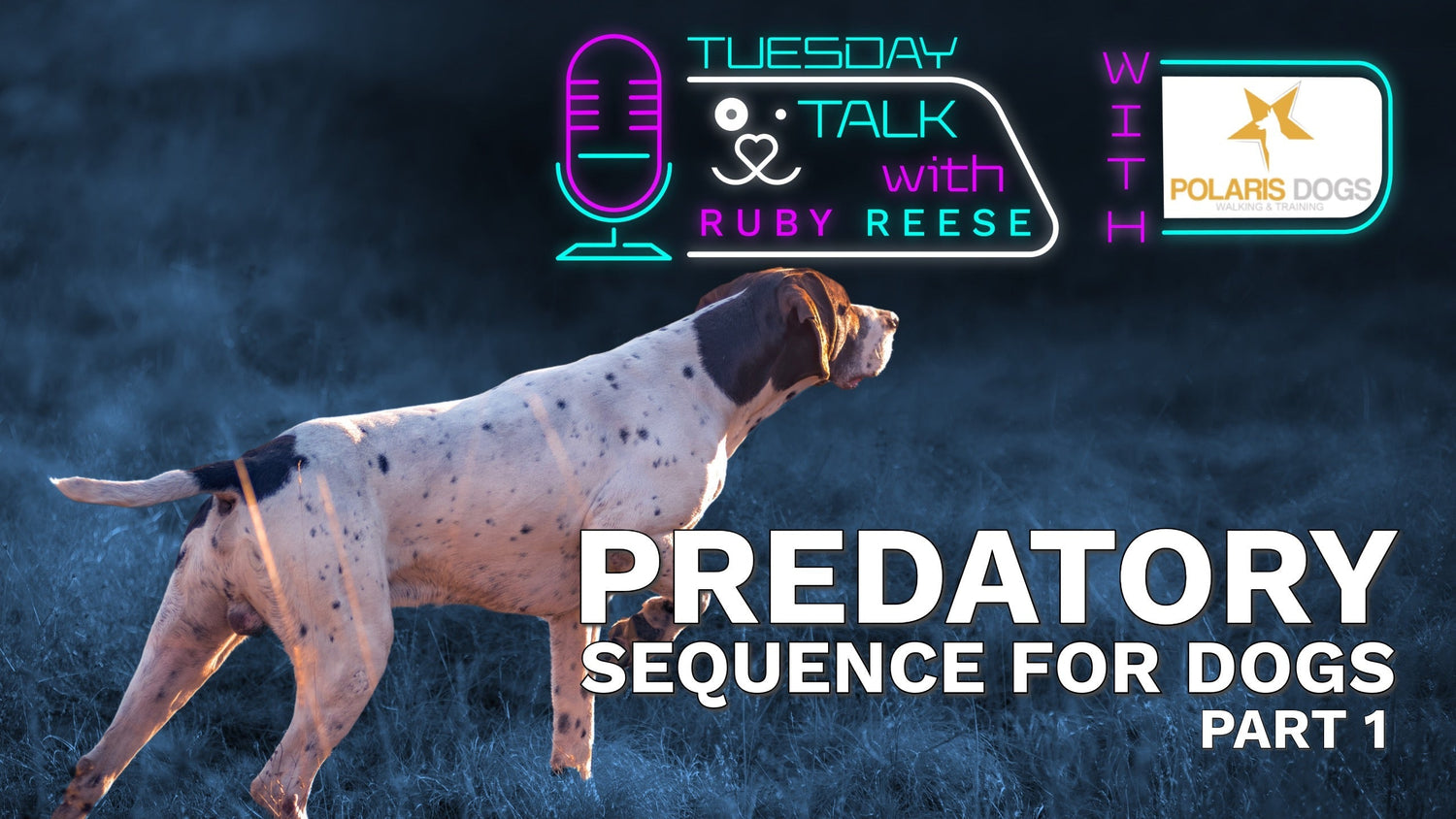In this conversation, Killian and Darina discuss the fascinating topic of predation and the predatory sequence in dogs. We explore the genetic instinctual need of dogs to hunt and how it originated from their ancestral cousins, wolves. We explain the different stages of the predatory sequence and discuss how certain breeds of dogs have been selectively bred for specific traits related to predation. The conversation highlights the importance of providing dogs with natural outlets to satisfy the modern remnants of their instinctual need to hunt and offers suggestions for enrichment activities. This episode explores the different stages of the predatory sequence in dogs, focusing on orienting, sight, stalk, and chase. A second episode will cover the remaining segments of the sequence.
Takeaways
- Predation is the genetic instinctual need of dogs to hunt, catch, chase, and sometimes kill prey animals, which originated from their ancestral cousins, wolves.
- The predatory sequence consists of several stages, including orientate, sight, stalk, chase, catch, kill, dissect, and consume.
- Certain breeds of dogs have been selectively bred for specific traits related to predation, such as orientating and following tracks and scents.
- Providing dogs with natural outlets to satisfy their instinctual need to hunt, such as scent work, tracking, or sniffing activities, can be enriching and fulfilling for them.
- Enrichment activities like scatter feeding, snuffle mats, and busy boxes can stimulate a dog's natural hunting instincts and provide mental stimulation. The predatory sequence in dogs consists of orienting, sight, stalk, and chase.
- Enrichment activities can provide outlets for these behaviours and fulfil dogs' natural instincts.
- Different breeds may exhibit different levels of sensitivity to movement and engage in different stages of the predatory sequence.
- Flirt poles and lure coursing are effective ways to simulate the chase behaviour in dogs.
- It is important to be mindful of the potential addictive nature of certain activities, such as ball chasing.
Instagram: https://www.instagram.com/polarisdogtraining
Website: https://polarisdog.training/
Spotify, Apple Podcasts, Amazon Music
Please Note: In the interest of keeping episodes conversational and entertaining we will make broad generalisations that may not reflect you, your situation or your pet. If you have any concerns please consult a certified professional who will assess your individual needs. If you need help to find a suitable professional in Ireland please reach out to us, we are happy to help.



0 comments